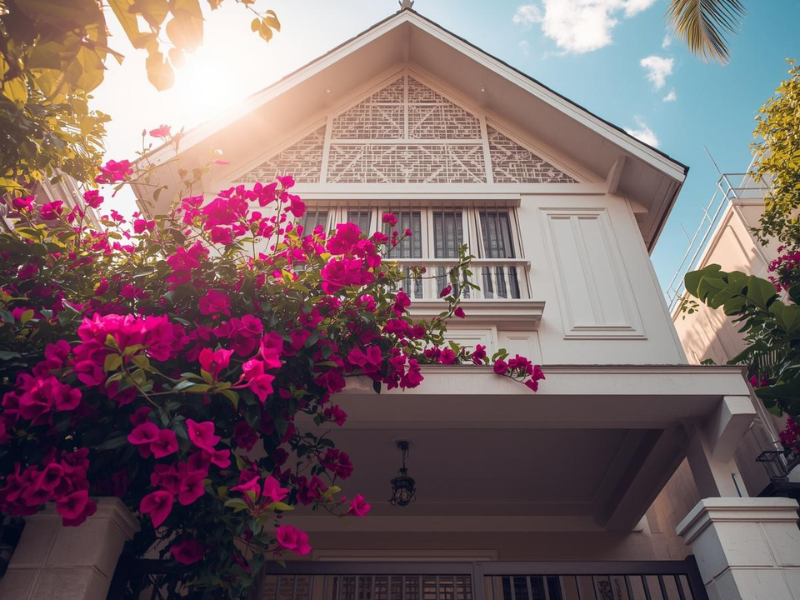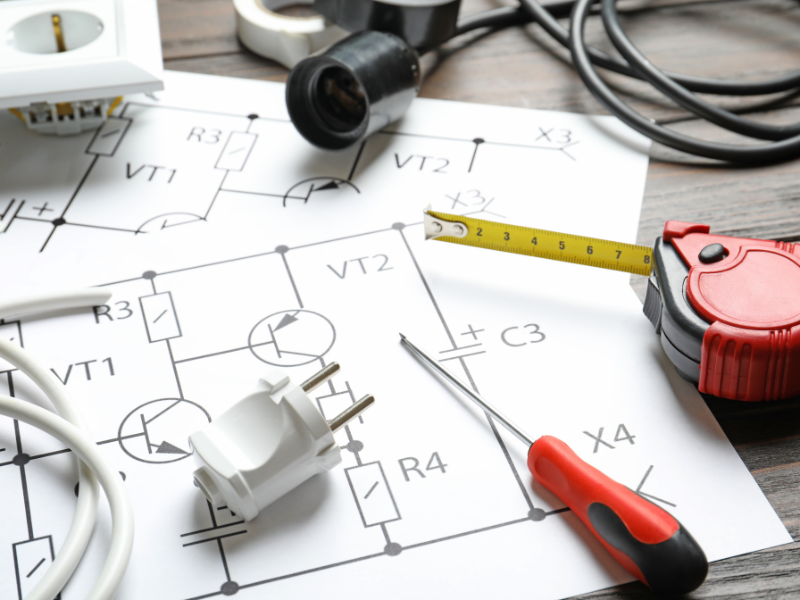Bahay Kubo-Inspired Homes: Modern Twists on a Cultural Icon
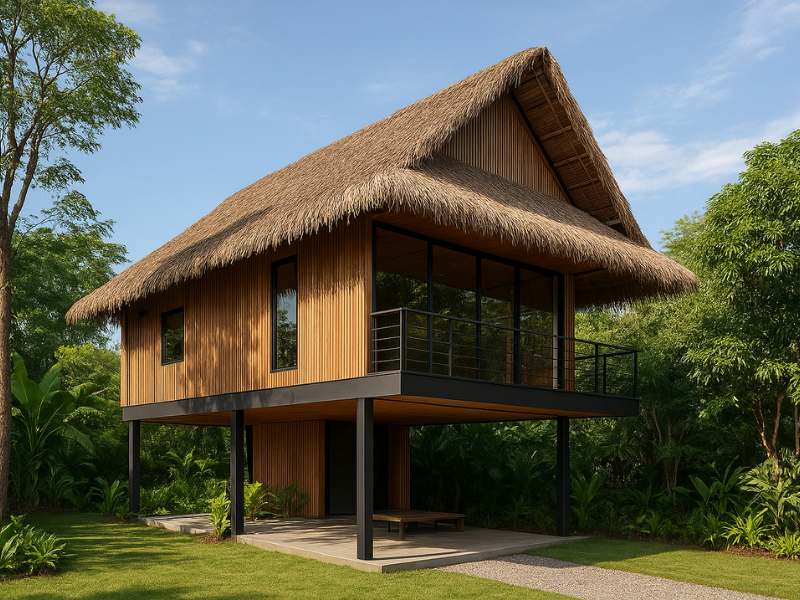
There’s something timeless about the bahay kubo. Architects and designers often look back to it not as an old tradition but as inspiration for homes that embrace a true Filipino spirit.
It’s simple, light, and in harmony with nature. Even today, its design still makes sense: cool interiors, open layouts, and materials that breathe with the climate.
So how do you take the soul of a bahay kubo and make it work for modern living? Let’s talk about it.
What Makes the Bahay Kubo Special
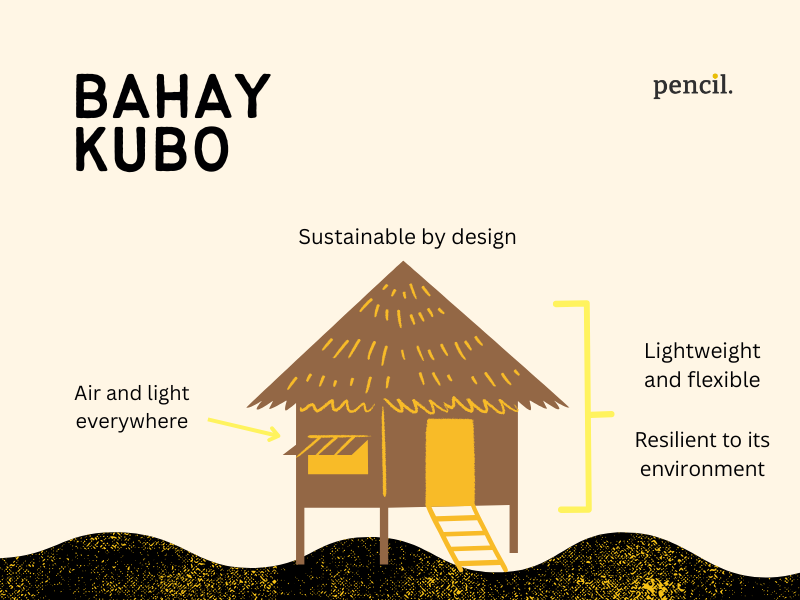
The term bahay kubo literally means “country home.” The word bahay comes from the Proto-Malayo-Polynesian balay, meaning “community home,” while kubo traces back to kubu, or “field hut.”
During the American colonial period, it became popularly known as the “nipa hut,” a name that highlights its simple hut-like form.
But beyond words, the bahay kubo endures because of the way it was built to fit both people and place:
- Air and light everywhere. Raised floors, wide windows, and generous openings let air and sunlight flow naturally, keeping the interior cool without machines.
- Lightweight and flexible. Built from bamboo and nipa, the bahay kubo could be patched, expanded, or even moved to a new spot with relative ease.
- In tune with nature. The bahay kubo didn’t fight the climate. It worked with it, shading from heat, welcoming the wind, and using what the land provided.
- Community-centered. Open layouts and flowing spaces made the outdoors feel like an extension of the home, encouraging shared life.
- Sustainable by design. The bahay kubo used renewable materials and encouraged a lifestyle of repair and reuse, long before sustainability became a global concern. It used materials that were easy to find across the Philippines such as bamboo, nipa, rattan, and cogon. Construction was practical, affordable, and rooted in place.
- Resilient to its environment. Built to adapt, it could withstand floods, strong winds, and the tropical climate by standing on stilts and using lightweight but flexible materials. Its aesthetic was simple yet distinct, reflecting the resourcefulness and beauty of local life.
Modern Twists You Can Try
Understanding what makes the bahay kubo unique allows us to ask a key design question, how do you bring those same qualities into a modern home?
1. Raise the Floor

In traditional bahay kubo design, the house was elevated on stilts to promote airflow and protect against floods. In a modern context, this concept remains practical.
You can elevate the structure using reinforced concrete or steel for added stability. The open space beneath can serve as functional parking, a shaded gathering area, or storage, all while keeping the upper level cooler and breezier.
2. Stretch the Verandah
The verandah has always been a central feature of Filipino homes, serving as both a resting space and a social area. Extending the roofline to create larger decks or terraces enhances this role.
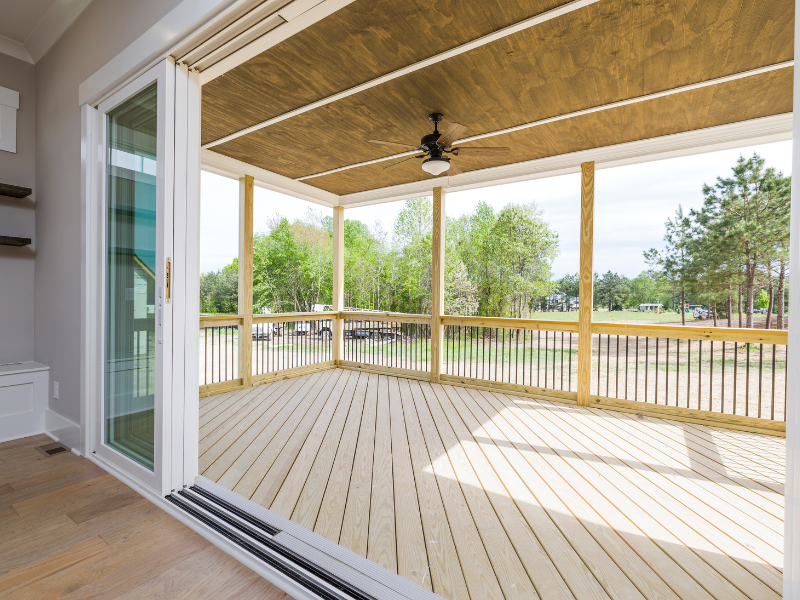
Integrating sliding or folding doors allows seamless transitions between indoor and outdoor spaces, maximizing natural ventilation and offering flexibility in how the space is used throughout the day.
3. Upgrade Local Materials
While traditional nipa and bamboo give charm, they are not always durable. Modern design can honor tradition while improving longevity by using treated hardwood, engineered bamboo, or woven rattan finishes.
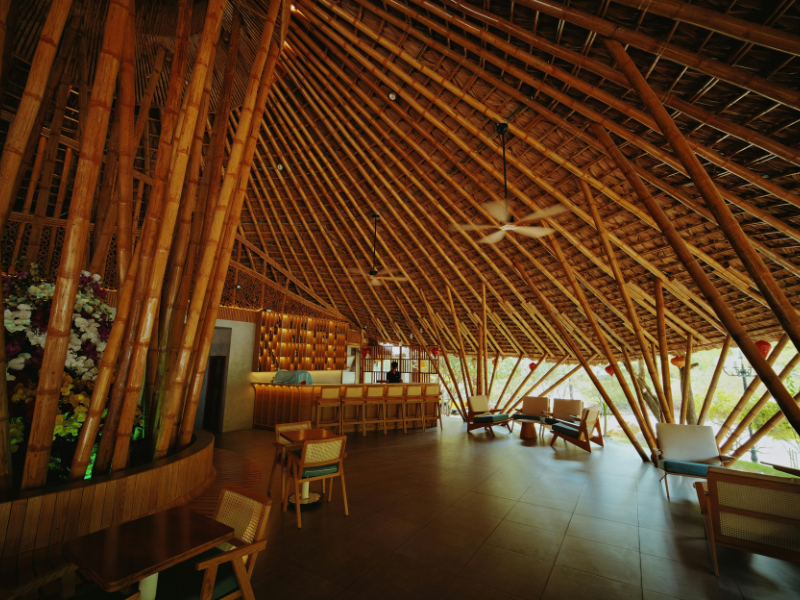
These can be complemented with concrete, glass, or steel elements to achieve a balance of natural warmth and structural durability. This creates a design that respects Filipino heritage while ensuring sustainability and strength.
4. Let Air and Light Do the Work
The bahay kubo was designed to breathe with its environment, and the same principle can guide modern homes.
Orient the structure to capture prevailing winds and maximize cross-ventilation. Large operable windows with louvers or screens can regulate airflow, while clerestory windows or vented roofs allow warm air to escape.
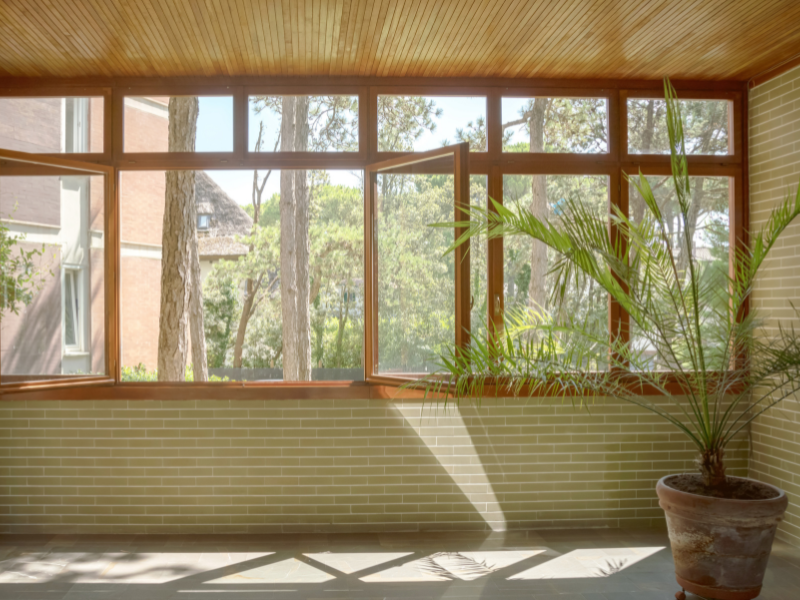
Skylights can be added to bring in natural light without creating excessive heat or glare.
5. Keep Spaces Flexible
The traditional bahay kubo relied on multifunctional spaces, where one area could shift to serve different needs. Modern homes can adopt this approach with open layouts, movable partitions, or modular furniture.
By allowing rooms to adapt to changing purposes, even compact floor areas feel more spacious and versatile, accommodating contemporary lifestyles.
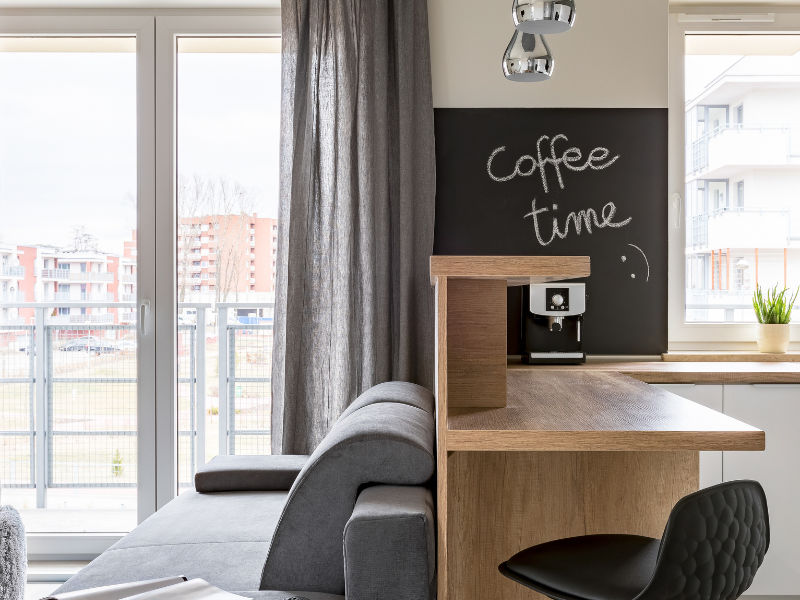
This principle works especially well in condominiums, where maximizing limited square footage is essential and flexible layouts can greatly enhance comfort and usability.
6. Mix Old Charm with Clean Lines
A bahay kubo has a distinctive silhouette, often defined by its pitched roof, wood textures, and woven details. You can bring that familiar charm into modern architecture by translating it into clean, contemporary lines.
For example, a gabled or pitched roof can be reinterpreted with metal sheets or tiles, while wooden slats, rattan panels, or exposed beams add warmth to otherwise minimalist spaces.
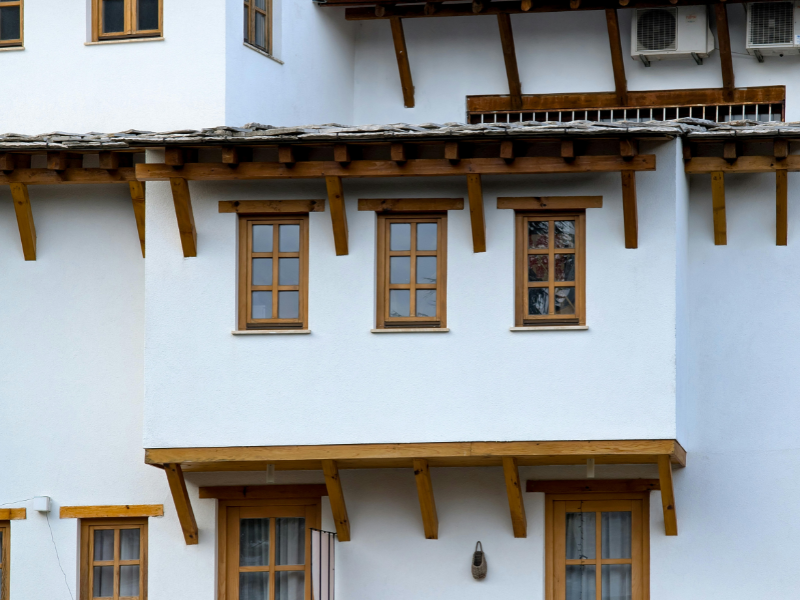
The result is a home that feels rooted in Filipino tradition while presenting a sleek and modern profile—bridging past and present in a seamless way.
How It Might Look
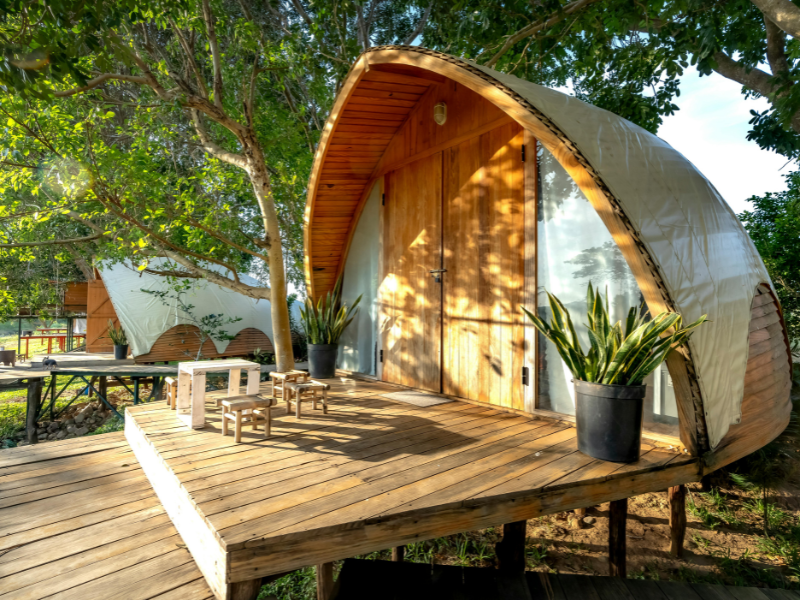
Balancing tradition with today’s needs means being smart about how you design and what you invest in. Here are a few ways you can bring these ideas to life:
- Urban Loft. A narrow two-storey home with parking below, open living above, and a veranda overlooking a small garden. Bamboo ceilings and steel slat shades keep it airy.
- Farmhouse Retreat. A raised single-storey house with wraparound decks, high ceilings, and natural finishes. Great for family weekends or provincial living.
- Condo Interior. Even in a unit, you can add bamboo panels, rattan accents, and plants. Open your balcony doors and let the air flow through.
Things to Watch Out For
Reimagining the bahay kubo for modern living is exciting, but it also comes with practical considerations. Here are a few things to keep in mind:
- Climate. Use durable materials that withstand rain and humidity. We recommend local materials suited to the Philippine climate and design details that keep your home comfortable year-round.
- Maintenance. Natural materials need care. Balance them with low-maintenance ones. We guide you in mixing traditional finishes with modern alternatives so your home keeps its character without becoming a burden to maintain.
- Budget. Some features cost more, like custom woodwork. Decide which matters most: airflow, natural materials, or extra outdoor space. We help you prioritize through a design brief and cost-smart planning, so your investment matches your lifestyle and vision.
Final Thoughts
The bahay kubo isn’t just a nostalgic image. It’s a guide for living well in our climate. By bringing modern twists through materials, layouts, passive design, and stylized aesthetics, we can build homes that honor that heritage while making them livable, beautiful, and relevant today.
At Pencil Studio, your dream home can be rooted in who you are, where you come from, and still look forward. That’s why we begin with a clear design brief to capture your goals and a site development plan to ensure your home sits in harmony with its surroundings.
Let’s turn that vision into reality. Talk to us today!
More Great Resources For You
More Great Resources For You
Let’s build your dream home now, shall we?
We guarantee you that we won’t rest until your dream home has come to life.



